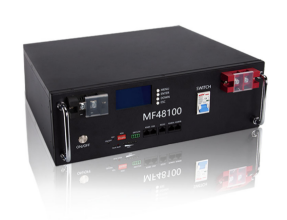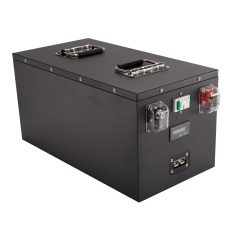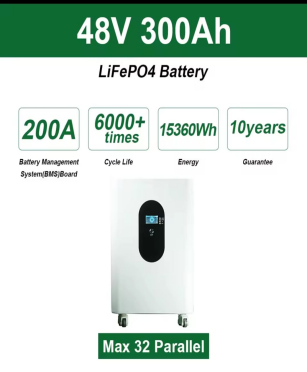Household energy storage explosion accidents occur frequently. How to choose safer batteries?

With the rapid popularization of household photovoltaic and energy storage systems around the world, the safety issues of household energy storage equipment are also frequently on the hot search. Since 2024, household energy storage explosions have occurred in Australia, Singapore, Guangdong, Zhejiang and other places, which has attracted great attention from the industry and users.
Is the battery unsafe? Or is there a problem with the selection/installation/operation and maintenance?
How to choose household energy storage to ensure "fast charging, stable discharge, and no fire"? This article will systematically analyze for you: Five major safety hazards of household energy storage systems The inherent safety differences of various battery technologies A practical guide to avoid pitfalls in purchases 1. Why do household energy storage frequently "go wrong"?

From recent public reports, the core safety hazards of household energy storage are mainly concentrated in the following five aspects:
Battery thermal runaway Lithium batteries are prone to thermal runaway (Thermal Runaway) in the case of overcharging, short circuit, puncture, external high temperature, etc., leading to fire and explosion.
Battery quality varies. Some low-priced energy storage products use recycled cells, assembled battery packs, and lack BMS protection mechanisms, which are prone to failures during high-rate or high-temperature use.
Irregular installation. Home environments often lack professional electrical design. The battery and inverter are too close, there are no heat dissipation and ventilation measures, and the line load is too heavy, which may become the source of hidden dangers.
Improper selection of battery technology. Some users have selected ternary lithium batteries (NCM) or soft-pack batteries. Although the energy density is higher, its intrinsic safety is much lower than that of lithium iron phosphate.
Lack of intelligent monitoring system. Some low-end products do not have remote fault detection and AI predictive maintenance functions, and abnormalities cannot be warned. 2. How big is the safety gap between different battery technologies?
It means that the battery loses its temperature control ability during high-temperature and spontaneous heating, and the internal chemical reaction causes continuous heating, which eventually causes explosion.

Conclusion: Lithium iron phosphate (LFP) batteries are the first choice for home energy storage. Its thermal stability, cycle life, and safety are much higher than ternary products, and it also has better cost control and industry chain maturity.
Summary: Home energy storage is both an asset and a risk. You must "choose clearly and use with confidence". Safety is not an added value, but the underlying logic of the energy storage system. Lithium iron phosphate is the most mature and safest technical route for home use. When purchasing energy storage equipment, you should not only look at capacity, price, and function, but also at the "safety core".





